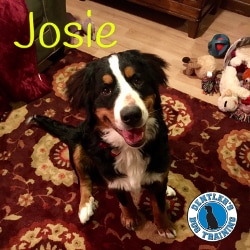 Josie is a 6-month old Bernese Mountain Dog that jumps on guests and pulls on leash. We will be teaching her some manners, improve her impulse control, and use food puzzle toys to stimulate her brain. 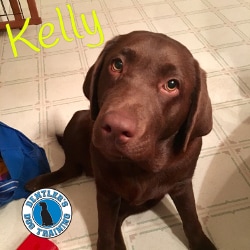 This is Kelly Kapowski (no, not the Kelly Kapowski - I was a little disappointed). Kelly is a 7-month old Labrador Retriever that does what most 7-month old Labs do. She jumps on people, is mouthy, digs in the yard, and pesters her sister, Winnie Cooper (no, not that Winnie Cooper either). We will teach her some basic manners so she learns impulse control and becomes the lovable cheerleader, er, dog her people want her to be. 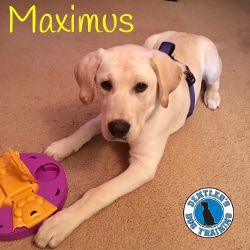 Maximus is just go, go, go with very little impulse control, so tonight we taught him some patience by teaching him Wait and Stay. When we started with Wait he was flying through the air trying to get his bowl of food. After several attempts over the course of 5 minutes we had him sitting patiently until released. Good boy! 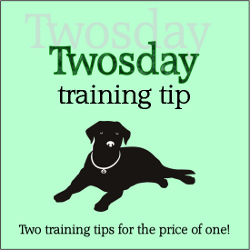 TIP #1: FADING FOOD REINFORCEMENT Why fade the food? Because no one wants to carry around food all the time, and we want dogs to respond regardless of whether food is present. Use life rewards early on when you train a new behavior. As soon as you are getting a reliable response to a new cue - a solid four out of every five trials - start interspersing non-food rewards with food rewards. For example, throw a ball or bring out a favorite squeaky toy to reward your dog occasionally, while continuing to use food rewards for the rest of your dog’s responses. Begin asking for more tricks per treat. In the beginning when your dog is learning something new, you should reward each right response. But once he has the hang of it, start asking him to do several cues in a row before he gets a treat, so you start establishing the idea that he doesn’t get something every time. Vary how often you reinforce, and what you use to reinforce with. You might give a treat for a single response, then a treat after three responses, then a ball toss after two responses, and so on. Eventually use more and more life rewards and fewer treats. Keep it varied to keep your dog guessing - it’s exciting not to know when the next reward will come and what it will be. If your dog’s behavior starts to break down and become less reliable, that’s a clear sign you are getting too stingy. Be sure to reinforce more often and with better rewards. Check that the rewards you use are actually interesting to your dog. It’s not reinforcement if the rewards used are not increasing the desired behavior. TIP #2: CHEW THIS, NOT THAT Puppies chew to explore their world as well as to relieve the pain and irritation of teething. What many dog owners don't seem to realize is that while puppies sooner or later get beyond the stage where they feel compelled to put their teeth on everything they see, mature dogs also need to chew to exercise their jaws, massage their gums, clean their teeth, and to relieve stress and boredom. It comes as an unpleasant surprise to many owners that chewing doesn't end at the age of six months when all of the dog's adult teeth are grown in. Puppies develop chew-object preferences in the early months of their lives, hence the inadvisability of giving your old shoes or socks as chew toys. If you give your baby dog the run of the house and he learns to chew on Oriental carpets, sofa cushions, and coffee table legs, you will likely end up with a dog who chooses to exercise his jaws and teeth on inappropriate objects for years to come. You'll find yourself crating him frequently even as an adult dog, or worse, exiling him to a lonely life in the backyard, where he can chew only on lawn furniture, loose fence boards, and the edges of your deck and hot tub. Instead, focus your dog's fangs on approved chew toys at an early age and manage him well to prevent access to your stuff. In this way, he'll earn house privileges much sooner in life. By the end of his first year, you'll probably be able to leave him alone safely while you go out to dinner or shopping - or even while you're away at work. - The Whole Dog Journal 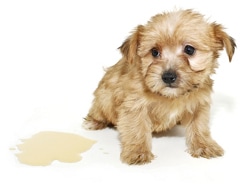 House training is at the top of the list when you bring home a new puppy or dog. Yet, it can also be one the more frustrating aspects of dog training. Some puppies just don't learn very quickly that they shouldn't use your floors as their own personal potty. But if you adhere to the two rules of house training your pup will soon learn the proper place to relieve himself. Rule #1: Prevent accidents. Supervise your puppy in the house. Use a confinement area or leash your puppy to you when you are not sure if your puppy is empty. Rule #2: Reward your puppy for going outside. Praise at the right moment (when he starts 'going') and reward with treats the moment he finishes. Preventing Accidents People often make the mistake of giving a new puppy too much freedom too soon. Use a long-term confinement area, such as a single room with an easy-to-clean floor (kitchen, laundry room, etc.) when you will be gone longer than your dog can hold it. Furnish it with:
Use short-term confinement (his crate or leashed to you) when you are home but cannot devote undivided attention to your dog. Fabulous Rewards Get Fabulous Results Take your puppy outside on leash every 60 minutes (don't wait for a signal). Take him to the same potty area every time. When you see him squat begin praising him. Offer him some fabulous treats when he is finished. If you are in a puppy-safe place, let him off the leash for a little playtime. If he doesn’t go within 5 minutes, take him back inside and put him in his crate (with a chew toy or stuffed Kong) or leash him to you for 10-20 minutes, then try again. For every 3 days of no accidents, increase the time between potty breaks by 15 minutes. House Training Checklist
Handling House Training Mistakes Interrupt mistakes as they are happening. After interrupting your puppy, hustle him outside to the potty area. Praise if he finishes there. Clean up the indoor mess with an enzymatic cleaner to remove protein residue that might attract him to the same place again. Never punish. If your puppy made the mistake one hour or five seconds ago, you are too late. Don’t rub his nose in his own mess or smack him, this will simply make him afraid of you, and he won’t understand why you do it. You must catch him in the act for the interruption to work, and again, you can’t do it too harshly or your puppy will be afraid to go in front of you, even when you are outside! Troubleshooting If your puppy potties in the house, take a newspaper, roll it up, and hit...... yourself over the head - because you weren't paying enough attention to your dog! 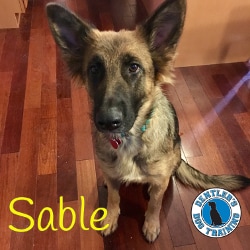 To help Sable with her separation anxiety we taught her Stay. The confidence she gets by us coming back to her is essential to help her relax. After a slow start she did very well, even staying in her crate as we walked out of the room for a period of time. 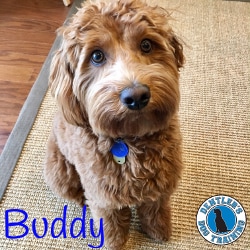 Where Buddy lives he is not allowed on the other homeowners' grass, so today we taught him to walk on the curb-side, no matter in what hand we were holding the leash. He walks very nicely on leash so this was a fairly simple behavior to positively reinforce. |
AuthorJeff Dentler, CPDT-KA, IAABC-ADT, FFCP, CTDI Archives
July 2024
Categories |


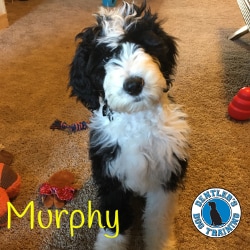
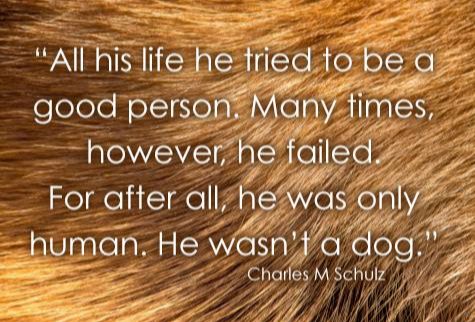
 RSS Feed
RSS Feed